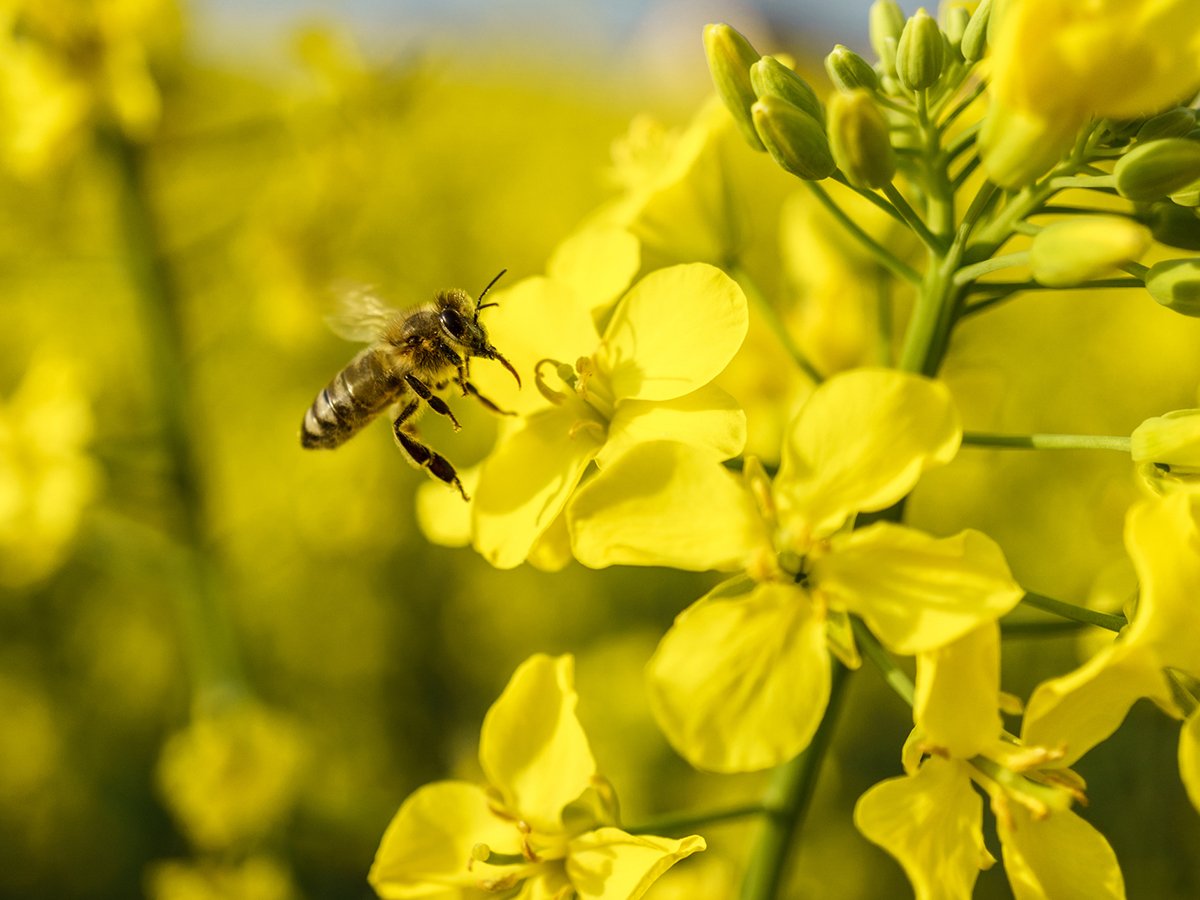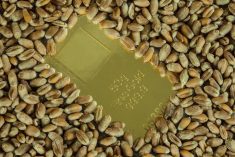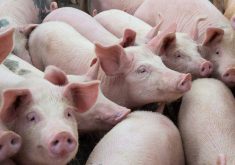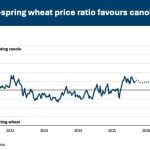Usually this is the time of the year when the ag markets hit bottom. This is when the “harvest lows” bottom out.
Certainly that’s been the case in oats, and I know that because most years I cover the Prairie Oat Growers Association convention in the first week of December, and almost invariably it’s during the week of the lowest oat prices of the year.
But if you look at a Chicago oats chart, that certainly isn’t the case this year:

How about with canola?:

The recent setback in prices we’ve seen doesn’t look too big on those charts, and it certainly doesn’t make out a “harvest low” in traditional terms. Usually the USDA finds more and more crop the longer it looks during the fall, and that tends to push crops down as the fall progresses. And farmers move a lot of crop quickly in order to keep the bill collectors from the farm gate, and that depresses prices as lots comes to market. But by about now, markets tend to bottom, and farmers can look forward to gradually but steadily rising prices through the winter and into spring, which is an enjoyable prospect.
So what the heck do we do with markets like these, which break the usual fall pattern?
Read Also

Invigor Gold variety viewed as threat to condiment mustard
Invigor Gold, the canola-quality mustard developed by BASF, is on a collision course with Canada’s condiment mustard industry. It’s difficult to see how the two can co-exist.
I called some analysts about this today. Here’s what a couple told me:
RICH NELSON, Allendale, Inc. of McHenry, Illinois
Rich told me he thinks the old pattern will return, but a unique set of factors determined both the rally in early harvest, and the recent weakening.
“In general we will see a return to that normal price movement happen in the coming years. This one is more of an anomaly.”
He doesn’t think the recent sell-off was a signal of problems with crop market supply and demand fundamentals, so it probably won’t last.
“The price decline we’ve dealt with was not due to a change in supply or demand, as usually happens at this time (of the year). What changed was the outside psychology.”
While there was rally through the harvest period, Nelson thinks today’s prices may actually be the next lowest prices for the year, so it’s actually a semi-harvest-low right now.
“The exact same reasons why we had that price rally are still with us. In fact, they’re going to tighten up more on the soybeans end here for the next month forward. We may not bottom and have a strong price rally off the back, but I think these are low points in the big picture.”
ERROL ANDERSON, Pro Market Communications, Calgary
Errol said non-crop factors are what led to both the harvest rally and the recent sell-off, and that’s why the usual seasonal pattern doesn’t apply and why it’s very hard to make any predictions about the likely look of the winter market.
“I think we’re into a new paradigm when it comes to analyzing these markets. There are so many outside factors.”
However he is more bearish than Nelson:
“This could very well be the highs. The highs could be in the first half of the crop year as opposed to the last half.”
It all depends on investment funds and hedge funds, Errol said.
“As long as the money is flowing into the markets, the prices will stay up. But when it turns around, it will turn down suddenly.”
Therefore farmers should not assume prices will rise from here, as they do most years:
“These are the good times. These are excellent prices. Guys should really be taking a look at new crop canola and new crop wheat (prices).”
BACK TO ED WHITE AGAIN:
Patterns are nice because they let us make comfy assumptions, but the ag markets aren’t letting us do that this year. Perhaps our old. seasonal predictability is gone. Or perhaps it’s just resting, and pining for the fjords. But with so many o/sfs ruling the ag markets these days, we need to be hedging ourselves without the false comfort of the old patterns. Maybe Rich is right and a general rise is coming over the winter. Perhaps Errol’s caution and bleaker outlook is more correct. But one thing is for sure: we can’t talk about harvest lows this year.
(One sign of how much outside factors have come to dominate ag markets in recent years, I realized today, is that I have been using the mysterious symbol “o/sfs” in my notebook when writing about them. When a phrase has become so common that ink-stained scribblers like me invent shorthand for it, you know it’s become widespread and general).















